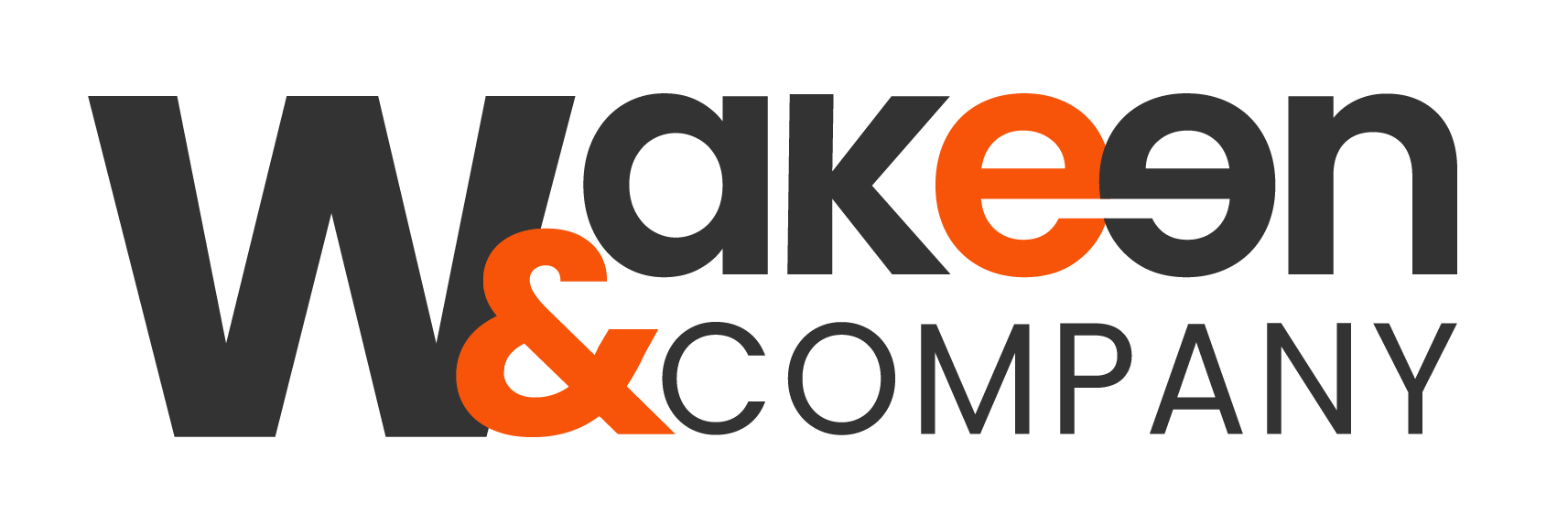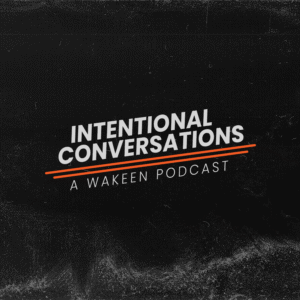2024 is here and shifts are coming to the media landscape with new ad tech, the political season, and the ability to collect user data. While you may be off to a good start, here are three things to consider as you evaluate your 2024 marketing strategy.
TURN THOSE IDEAS INTO A BLUEPRINT
Let’s begin by asking the most basic question – do you have a strategy in place for 2024 or just a basic idea of what you will do? Skipping the marketing plan is a common mistake many organizations make as they move into a new year. Imagine the potential result of a contractor building a home with no blueprint. While it can be done, would you have confidence in its stability? Architects are trained professionals who create blueprints, not only to assure your vision will come to fruition from a design standpoint, but so the building will be structurally sound. A contractor can follow the plan, carry out the instructions and achieve the final beautiful result. Similarly, a marketing plan acts as the blueprint for guiding your organization in accomplishing its annual goals. It creates an easy-to-follow set of instructions that once created, your team can easily deploy.
Winston Churchill said, “You will never reach your destination if you stop and throw stones at every dog that barks.”
Having a focused, well-designed strategy will keep you on track and help you avoid detractions disguised as the latest and greatest advertising idea, promotional concept or sales tip that comes along, aka barking dogs. These disruptions can veer you off course and make it difficult to focus on priorities. Additionally, using a marketing plan to direct your decision-making in advance, aligns your budget, team efforts and company objectives with your goals.
TELL & SHOW
Next question – are you doing video? According to Statistica, US adults spent 485 minutes per day on digital media in 2021, which is more than eight hours of television and digital content … daily. It is anticipated that this trend will increase in the upcoming years. They, furthermore, reported that nearly 19% of all online advertising revenues originate from digital video.
Once upon a time, not that long ago, video was not an essential tool for connecting with an audience, but today it is a strategic investment that you can no longer afford to ignore. The reality is that millions of people, businesses, and organizations are leveraging video to get real results every day. Whether that’s to sell more products and services; hire quality team members faster; create more awareness; and/or expand and extend engagement.
A recent study conducted by Animoto reported:
- 60% of Gen Xers prefer video when learning about a new brand or product
- 52% of Gen Xers and 41% of Baby Boomers said the video was most helpful when making an online purchasing decision
- 52% of Gen Z trusted brands with videos about their product more than brands without videos
Follow-up question: If video is already a part of your approach – will it achieve the results you’re looking for? Make sure that your production company is aware of your marketing plan, so they can implement your strategic vision and map out creative content that elevates and represents your story in a way that supports your goals.
GO BEYOND THE ONE-TACTIC MENTALITY
Last question – are you counting on one tactic to do all the work? While the past five years have resulted in a significant shift in consumer habits to digital media, focusing all of your marketing efforts to the digital space may not yield the results you are looking for. Using an omnichannel approach is a best practice.
Political advertising receives first preference over much of the ad inventory. Diversifying your tactics can insulate you from getting your spots bumped from the lineup.
Many a CEO has asked, “If my customers are all shifting online, why should I continue utilizing traditional advertising like billboards, sponsorships, direct mail or publisher direct?”
The short answer is that they can support or drive your digital presence. The average consumer is exposed to 4,000 to 10,000 advertising messages per day. Providing opportunities for people to interact with your brand as they go through daily life boosts recognition and recall. Traditional media is also deemed more trustworthy and can result in building a positive brand image. An overarching strategy gives you a view of how all your media is working together. Evaluating metrics like combined reach, frequency and impressions will help you set a course that is both effective and efficient.
Keep in mind that not all marketing tactics need to be paid. Things like emails to existing customers, social media and community engagement can reap huge benefits. They still need to be nurtured, planned and consistent. This brings us full circle to designing a marketing strategy – or blueprint – that is:
- in writing;
- communicated across your organization;
- and aligns with your overarching company goals.
Planning allows you to diversify your tactics by maximizing resources and capacity. It also provides opportunities to incorporate content, like video, to ensure that you are being relevant in today’s marketing landscape.




